Winners and Losers from 2025 WNBA Free Agency So Far
Winners and Losers from 2025 WNBA Free Agency So Far
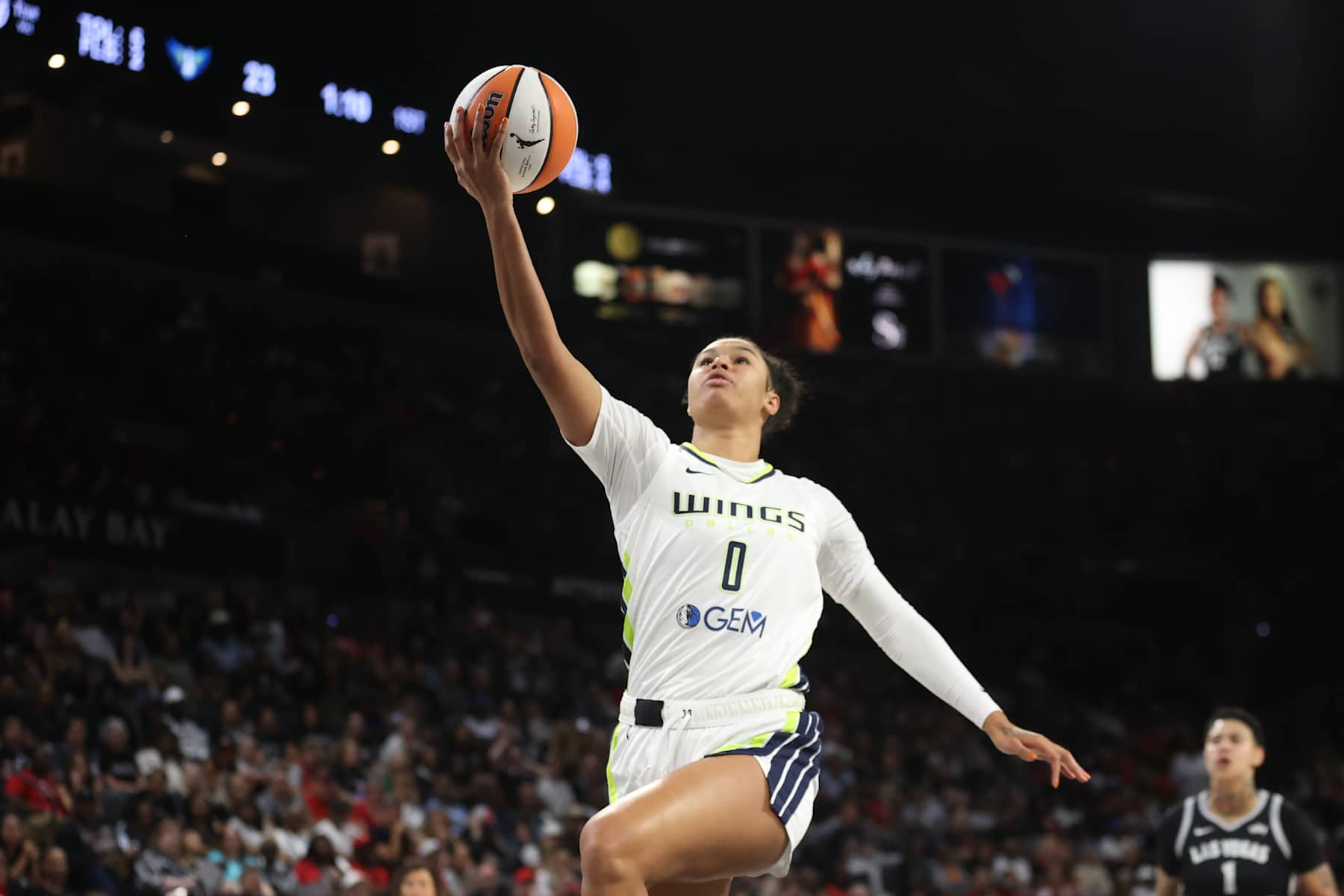
To say this year's offseason has been a wild one would be a massive understatement.
In light of a looming CBA in 2026, it was easy to envision an influx of one-year contracts this year so players could attempt to cash in next offseason.
That reality, plus the inaugural season of Unrivaled—meaning plenty of star power could mingle—set the table for plenty of movement and high-level team-ups.
I'm not sure anyone had this amount of movement on their bingo cards.
We've had multiple, fascinating multi-team star trades and free-agency swings already—and players just started signing contracts on Saturday.
There's still plenty of time for other moves, but for now, let's get into some of the early winners and losers of free agency.
Winner: Phoenix Mercury
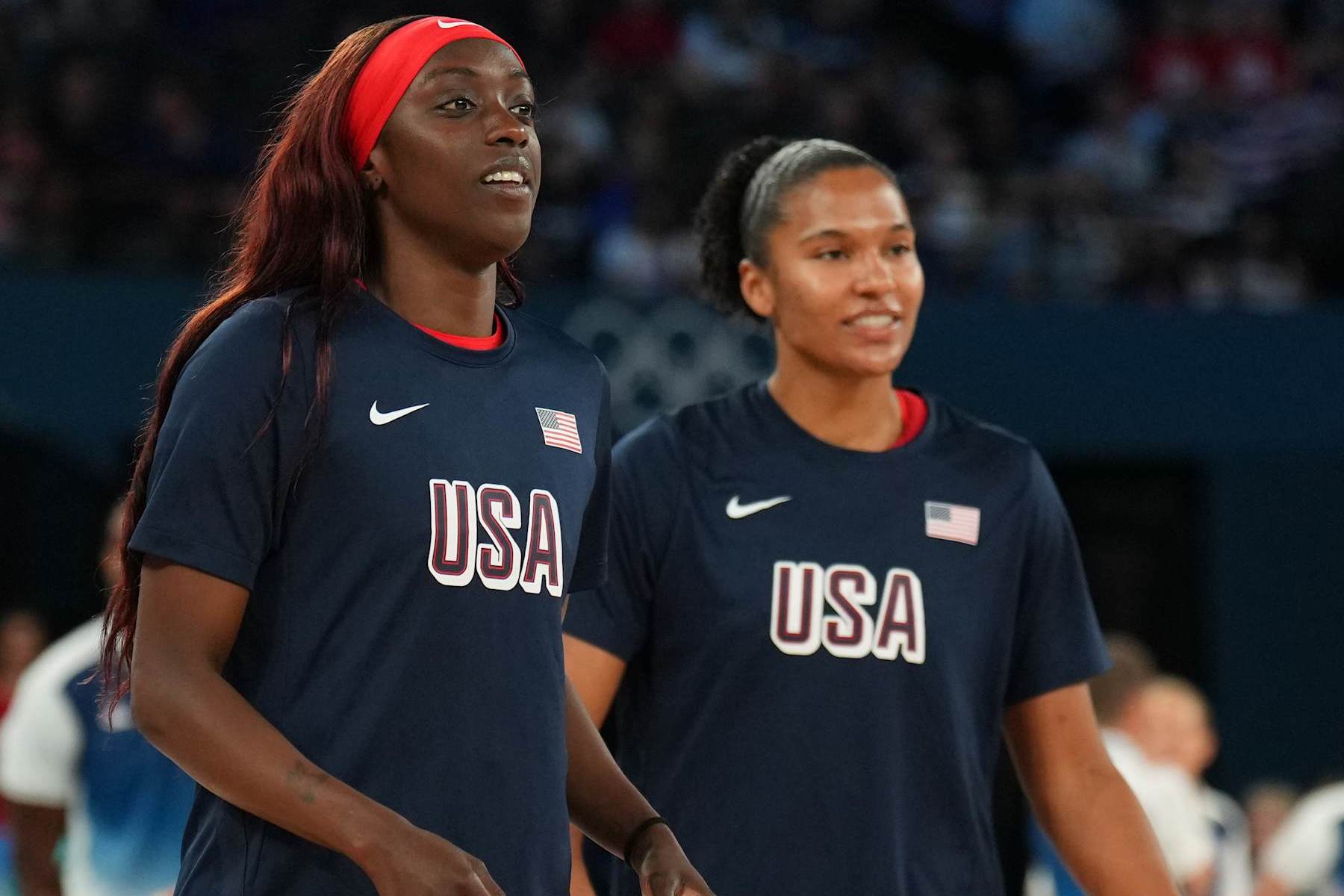
Anytime you can land a perennial MVP candidate and another All-WNBA talent in the same offseason, you have to do it.
As part of a four-team megatrade, the Mercury were able to land Alyssa Thomas and Satou Sabally to usher in a new era of Mercury basketball.
Thomas triples as one of the league's most disruptive defenders (it's wild that she doesn't have a DPOY to her name yet), premier playmakers and space-clearing screeners. It should come as no surprise that she racks up triple-doubles as easily as she does. Her versatility should shine in Phoenix; her screening and playmaking should bring out the best in fellow Olympian Kahleah Copper.
Sabally is one of the league's most versatile players when healthy. A strong driver, competent playmaker and budding shooter—it's worth noting she's converted 39 percent of her threes (5.0 attempts) over the past two seasons, and continues to look comfortable bombing away during Unrivaled play -- there isn't much she can't do.
To replace the size of Brittney Griner (more on her shortly), the Mercury were able to acquire 6'7" center Kalani Brown as part of the four-team trade. Brown is a strong post presence with a reliable mid-range jumper to boot. She's not as impactful defensively, but being flanked by Thomas should provide a level of security when she's put into action.
Sevgi Uzun adds complementary playmaking chops and pesky defense to a guard room that can use some depth. Speaking of which: There's still no official word on if Diana Taurasi will retire or give it one more go. I'm not sure if the Mercury landing a pair of stars entices Taurasi to return, or gives her a "we're in good hands" feel and further empowers her to retire.
We shall see. In the meantime, you have to salute the Mercury for what they've been able to pull off so far.
Winner: Atlanta Dream
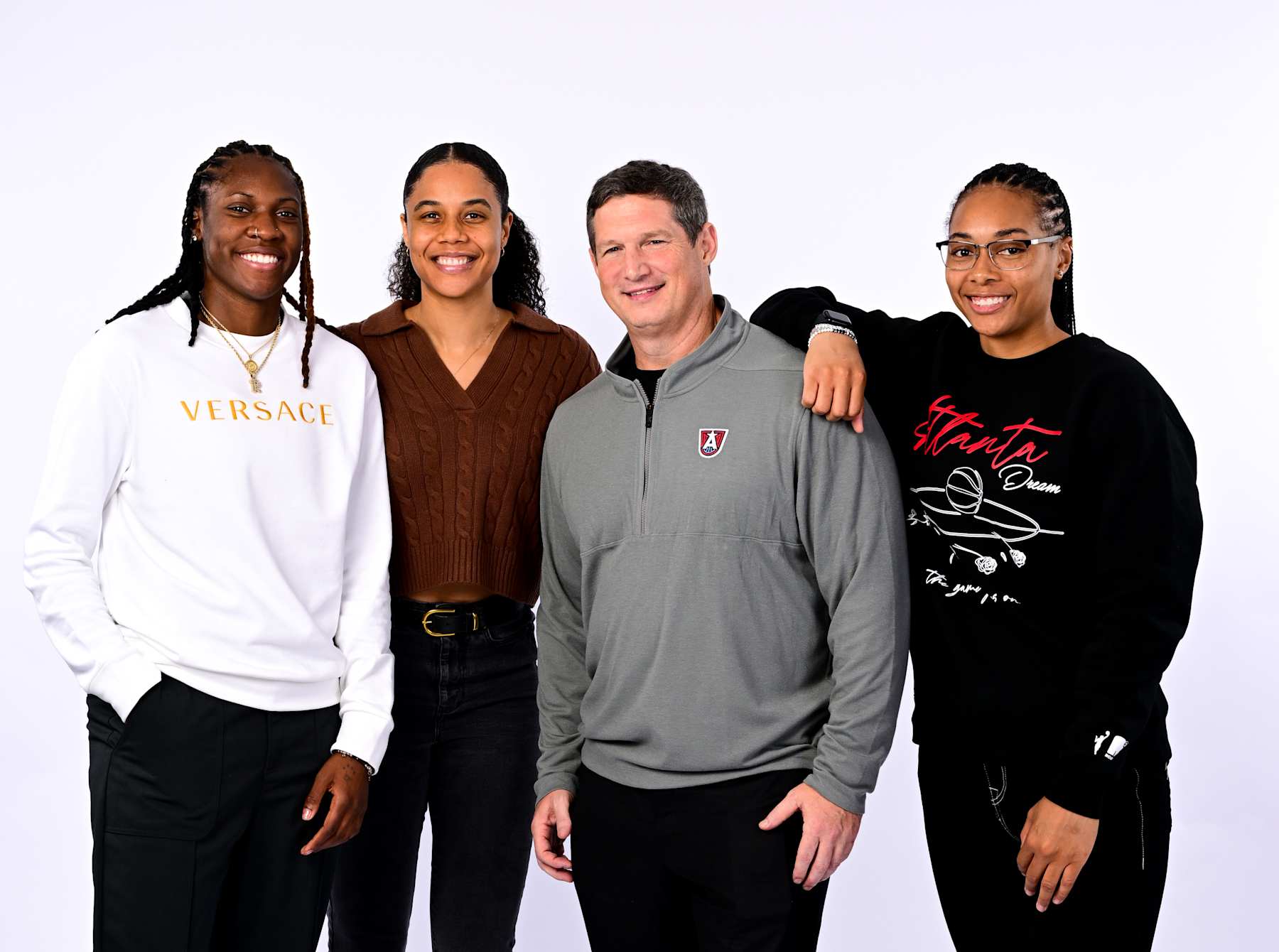
Entering the free-agency period, I expected the Dream to attempt to bolster their center room, find a reliable scorer off the bench and add some shooting.
Let me tell ya: They certainly nailed the first two.
The concept of Brittney Griner leaving the Mercury felt unfathomable, even in light of recent reporting. If she was going to leave, joining a ready-made contender like the Lynx or Aces felt like a natural end point.
Not only did the Dream swoop in for Griner, giving them a double-team magnet to complement Rhyne Howard and Allisha Gray, they also landed Bri Jones. Jones is a paint problem in her own right, able to mash smaller players on the block and wreak havoc on the offensive glass.
The Dream could have 40 minutes worth of All-Star centers in their rotation, or they could play Jones and Griner together and force opposing defenses into uncomfortable positions. It isn't a perfect fit—neither player takes or makes a high enough volume of threes to be treated as a stretch big—but staggering could mitigate that issue.
As for the reserve guard portion, it's hard to make a better value signing than Shatori Walker-Kimbrough. The Mystics were mostly a victim of injuries last season, but Walker-Kimbrough quietly finished third in Sixth Woman of the Year voting anyway behind a career season (7.5 points, 1.9 assists, 1.1 steals in 22.1 minutes per game).
She remains a quality guard defender, and her ability to oscillate on and off the ball should vibe well next to Howard, Gray or even Jordin Canada in smaller lineups.
Winner: Indiana Fever
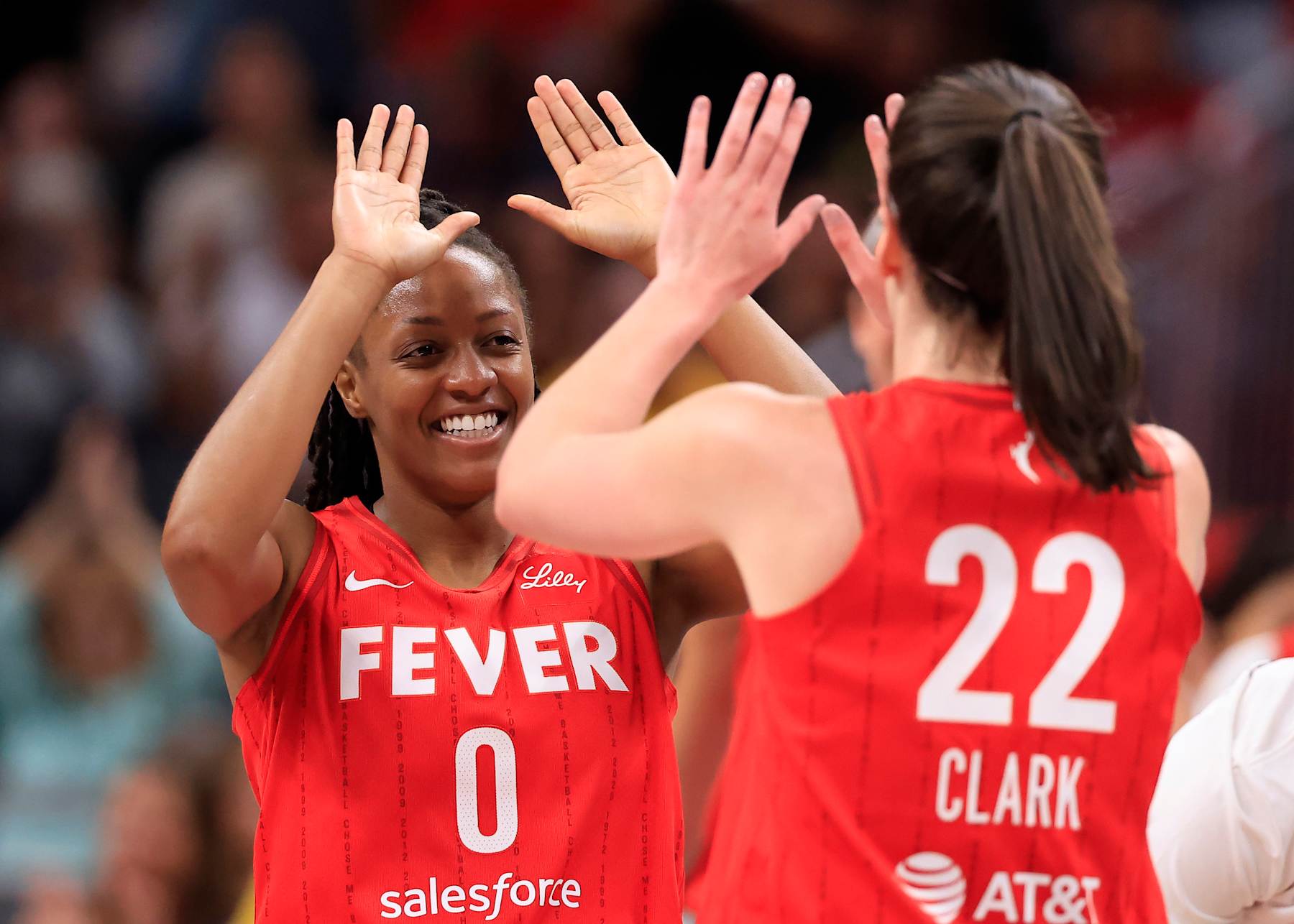
Frankly, the Fever could've called it a day once they re-signed Kelsey Mitchell.
That they were also able to add DeWanna Bonner—someone I briefly mentioned as a dream target for them—as well as Natasha Howard and Sophie Cunningham is incredible. If this isn't a home run offseason, it's gotta be a double or triple.
Bonner is a big shot-taker and -maker, and still defends multiple positions at a high level. Howard has to return to form defensively, but there's a ranginess that could pop here to complement her screening and post work offensively. Cunningham is one of the league's best high-volume shooters (37.2 percent on 5.3 attempts over last three seasons) who has grown comfortable punching above her weight defensively.
They've added so much playoff experience and overall versatility to the room with this trio. New head coach Stephanie White (feels like that was announced years ago) will have plenty of lineup combinations to cycle through this season.
Winner: Angel Reese and Kamilla Cardoso
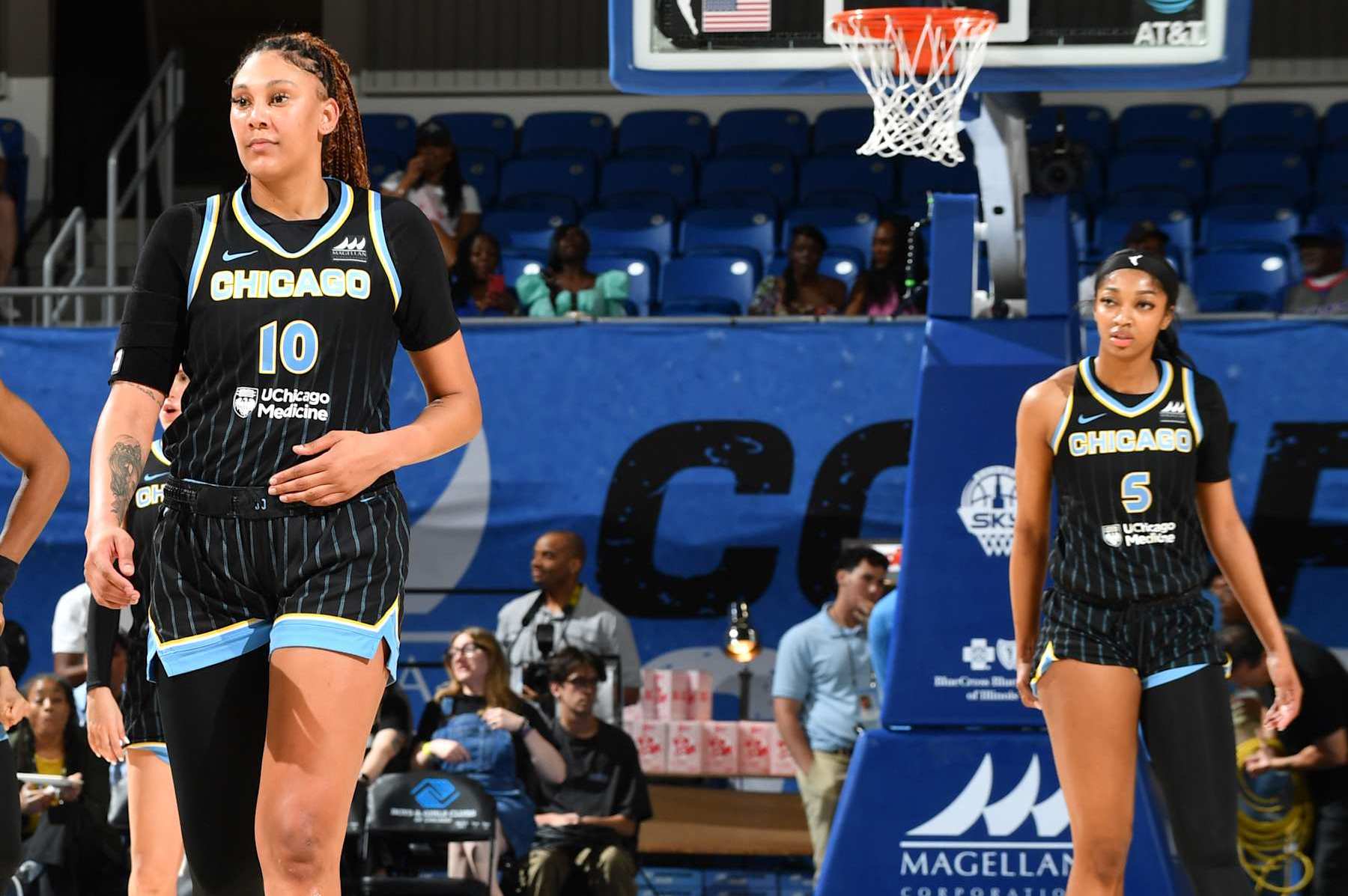
Angel Reese and Kamilla Cardoso represent the now and the future of the Chicago Sky. Building around them—and building them up—is at the top of the priority list. Through the early goings of free agency, the Sky have done a solid job of adding complementary talent.
The legendary Courtney Vandersloot is back, and it's hard not to be excited about what her playmaking and screening can do for Chicago's frontcourt tandem.
The entry passing will be miles better. The pick-and-roll play should be more fruitful. Because of Vandersloot's willingness to screen, Reese and especially Cardoso should enjoy deeper paint catches with Vandersloot prying them open.
In addition to that, the Sky acquired Rebecca Allen via trade while signing veteran guard Kia Nurse. Though it's worth acknowledging their defense (big fan of Allen's versatility in particular), cutting, screening, and drives against tilted defenses, their ability to shoot and space the floor feels like the story here.
The Sky (in)famously ranked last in three-point attempts (597) and makes (193, only team under 200) while finishing ninth in three-point percentage (32.3). Allen and Nurse are comfortable spotting up but also excel at relocating into open spaces.
Loser: Connecticut Sun
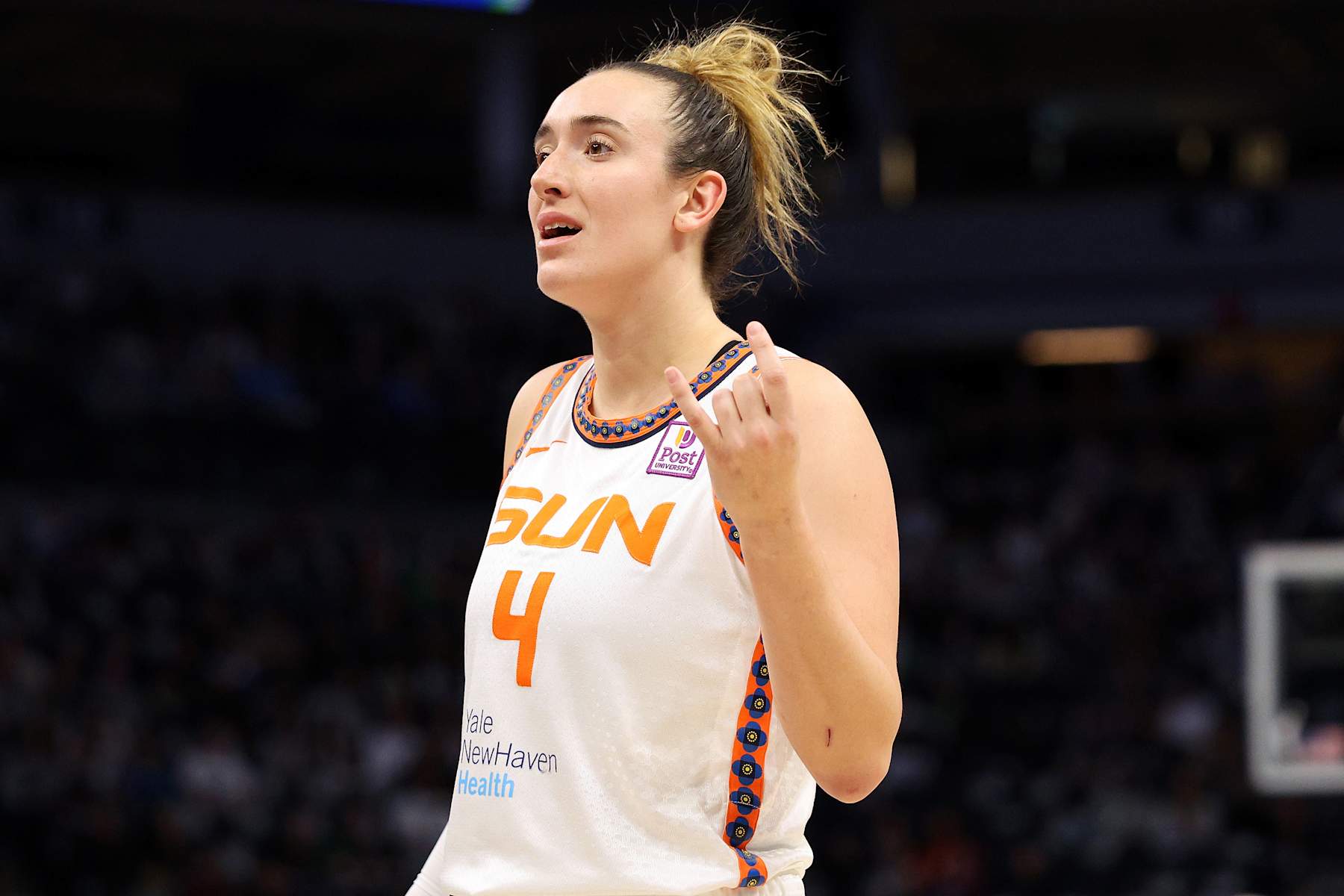
The Sun have made history, though not the kind they wanted to make. They're the first team in WNBA history to lose their entire starting lineup in one offseason.
Ty Harris and DiJonai Carrington are in Dallas. DeWanna Bonner is in Indiana. Alyssa Thomas is in Phoenix. Bri Jones is in Atlanta. Marina Mabrey, acquired last season in hopes of being the piece to push the Sun over the top, has to feel like Will Smith in the empty living room in that one episode of The Fresh Prince of Bel-Air.
The Sun have attempted to replenish the talent pool. Natasha Cloud remains one of the best guards in the league, her versatile defense being the primary calling card. Tina Charles is back where she started her career, fresh off an I-still-got-it campaign with the Dream last season.
But the Sun have much more work to do to round out this roster. Without a bona fide star or top-tier amenities to offer like other teams can, it'll be a challenge to build a contending roster in the short-term.
Loser: Golden State Valkyries
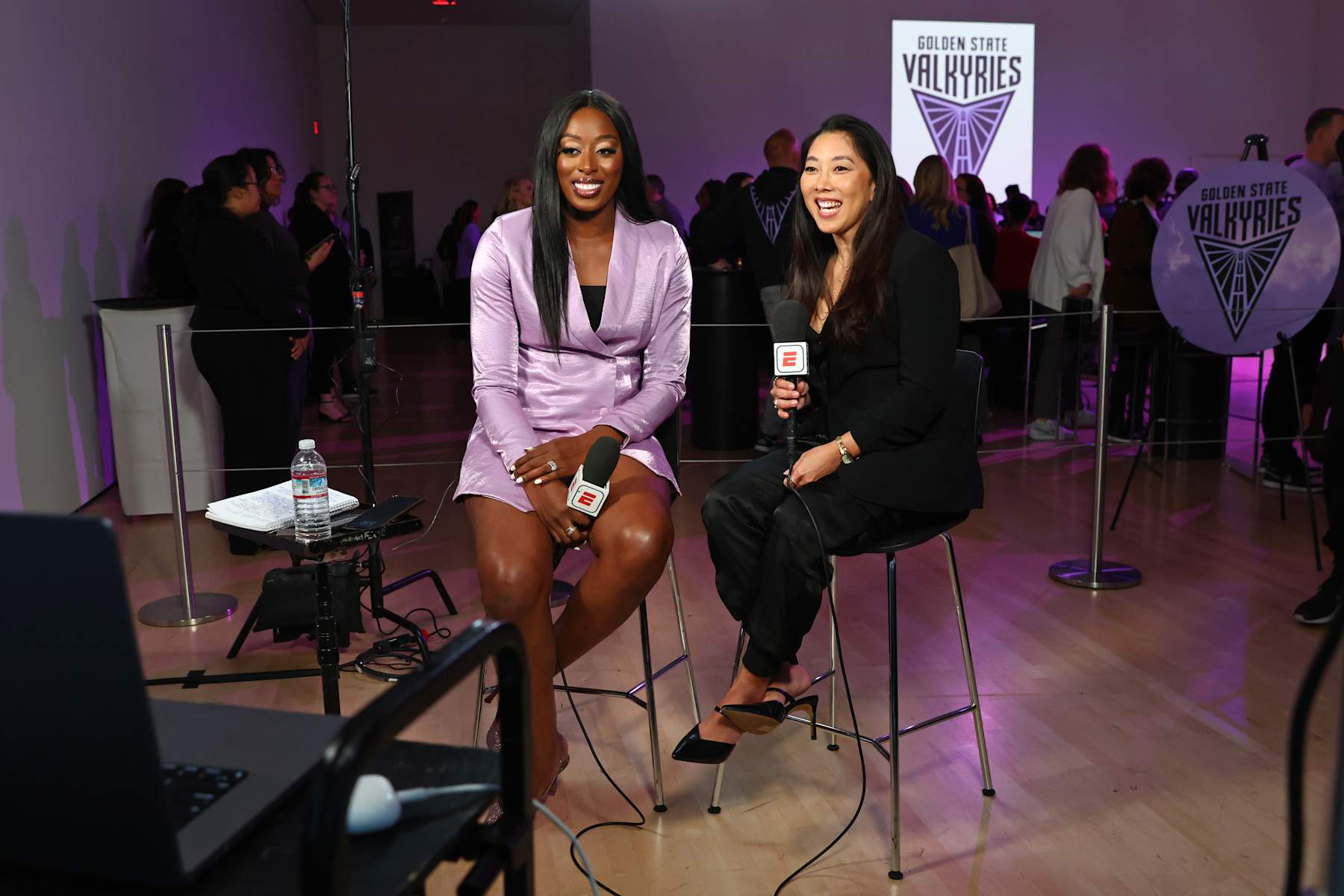
Imagine this being written in pencil, not pen.
The Valkyries entered the offseason with the most cap space in the league. As of this writing, their only signing so far has been one of their own—expansion draft selection Monique Billings.
It isn't the end of the world, of course. This is their first offseason, and this year is more about setting the groundwork rather than pushing for a playoff berth (though they'd obviously love to do both).
I'm a little surprised that they haven't been able to entice anyone with a max offer so far; a player like Bri Jones felt like the kind of All-Star splash they could pull off.
But there's still plenty of talent on the market—and they still have plenty of money to spend—so I wouldn't be surprised if this flips quickly.
Chennedy Carter, fresh off a return-to-form campaign with the Chicago Sky (17.5 points, 3.1 assists, 1.1 steals) feels like the biggest upside swing they could take. Cheyenne Parker-Tyus is only a year removed from an All-Star berth and could benefit from a change of scenery. Veterans like Tiffany Hayes and Alysha Clark are both talented and have ties to head coach Natalie Nakase.
Loser: Anyone Who Wants to Trade for the No. 1 Pick
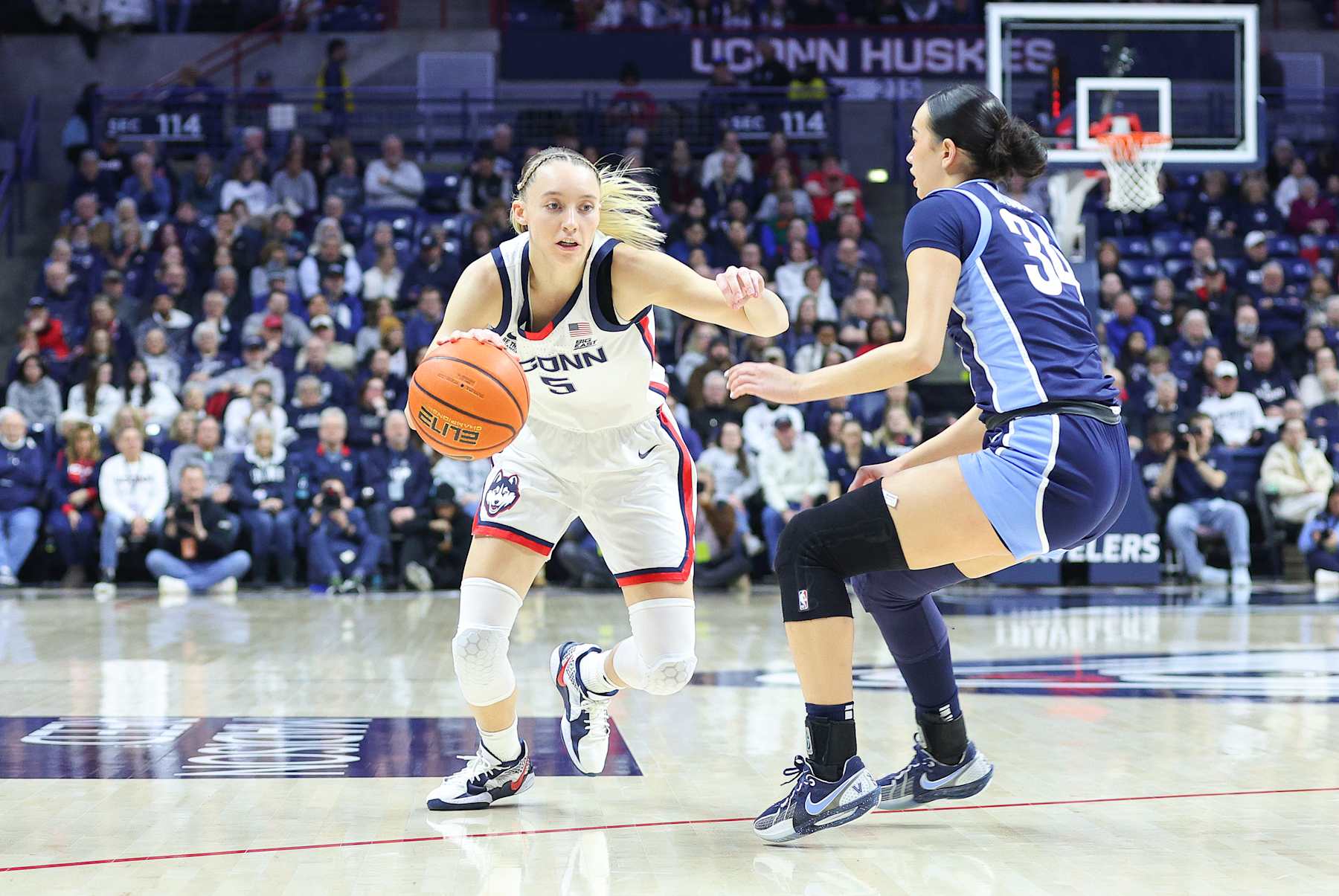
It's probably not fair to dub the Wings winners so far; they have lost Sabally, Howard and Brown in the same offseason. But it's hard to do much better than they have considering the circumstances.
Landing DiJonai Carrington, Ty Harris and NaLyssa Smith (and draft capital) in what became a four-team trade is pretty good work. Signing Myisha Hines-Allen is a nice way to bolster the frontcourt as well.
Carrington, 2024's Most Improved Player and an All-Defense first team selection, is precisely the kind of wing this roster needed. As a reminder, the Wings weren't far off from logging the worst defensive rating in WNBA history last season; having Carrington at the point of attack should single-handedly take them out of that range next season.
Harris, who spent the first three years of her career in Dallas, returns as a better, more aggressive player. She's a solid defender in her own right, and her ability to space the floor (roughly 42 percent from three over the past two seasons) makes her a valuable backcourt piece.
At her best, Smith is a walking mismatch with an ability to beat defenses inside and out. A change of scenery—and more investment, if we're to read any deeper into her farewell post—could bring out a better version of her.
As a quick aside, it is incredibly cool that Carrington and Smith get to play together. Just look at these two!
Hines-Allen is one of the strongest players in the league, allowing her to bully opposing 4s (or smaller players) while holding up reasonably well at the 5 in smaller lineup configurations.
The Wings aren't close to contention yet, of course, but they have a pretty solid roster context for projected No. 1 pick Paige Bueckers to step into.
Arike Ogunbowale is an All-W-caliber talent who can shoulder a heavy scoring load that Bueckers may not want on her plate yet. When Ogunbowale's on the bench, Harris is the kind of guard who's comfortable initiating to get Bueckers off the ball or willing to space when Bueckers wants to attack.
Carrington will take on the toughest defensive assignments while giving Bueckers a hit-ahead target in transition. Smith or Hines-Allen present a versatile option in ball screens, and Teaira McCowan gives Bueckers a big post target to hit.
Again, not a contending group, but it isn't awful. And ultimately, it just needs to be solid enough for Bueckers not to press the "I don't want to get drafted there" button. I'd say they're on the right path.
Loser: 2023 Draftees
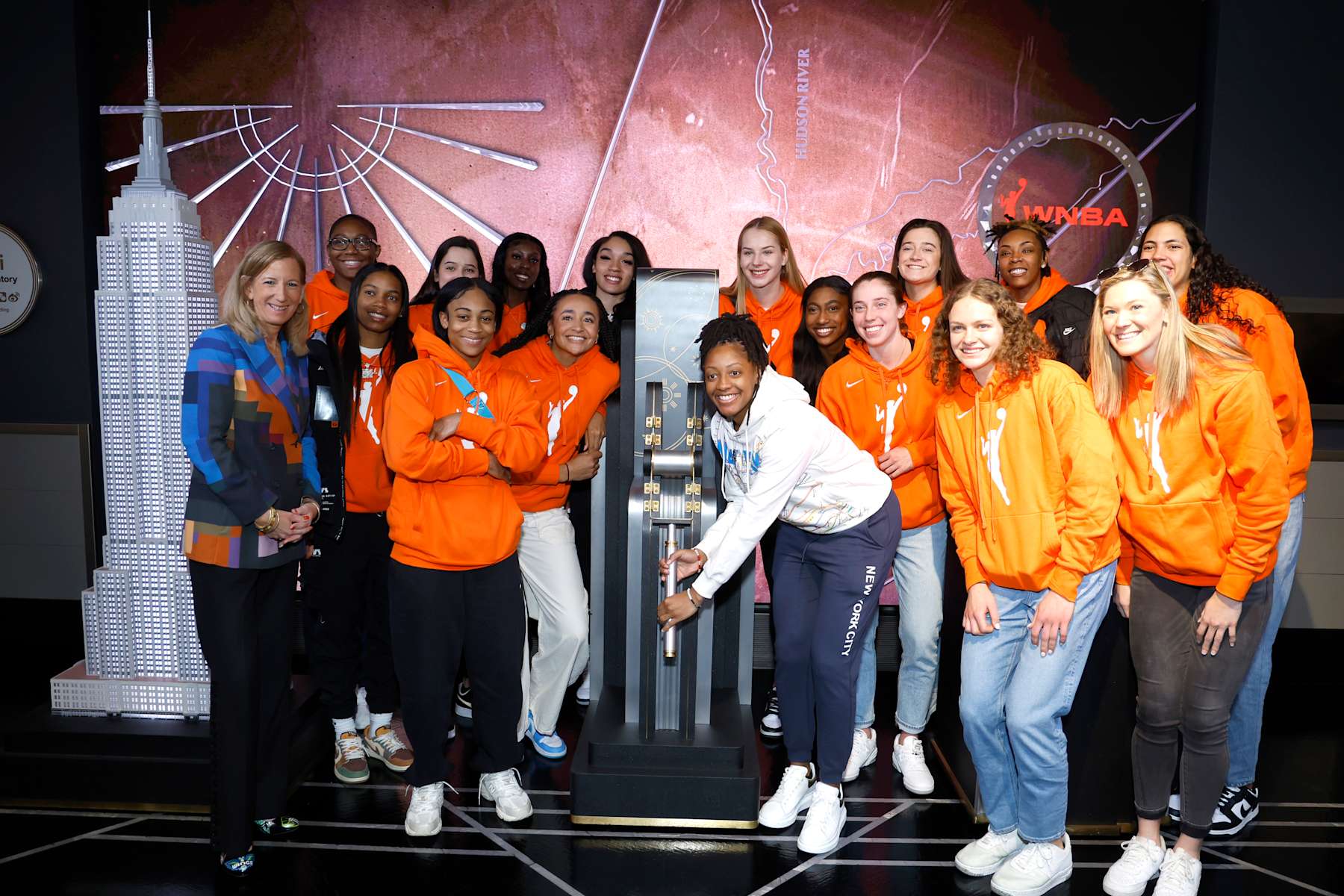
It is incredibly difficult for rookies to make rosters, full stop. Though the league is (finally) experiencing more expansion, there still aren't enough roster spots to account for the amount of talent available.
Even if you're able to make a roster, there's still the possibility of being stuck on the depth chart due to the talent ahead of you. And if your team is active on the free agency or trade market, the clock starts ticking louder.
It's been the unfortunate reality of a trio of recently waived 2023 first-rounders: Grace Berger (No. 7, Indiana Fever), Laeticia Amihere (No. 8, Atlanta Dream) and Zia Cooke (No. 10, Los Angeles Sparks).
Berger has flashed a blend of playmaking and shooting that should garner a look somewhere. Amihere has a level of defensive versatility and athleticism that could be molded. Cooke is a creative scorer who could bolster a second unit with more refinement.
Here's hoping that all three are able to find (WNBA) homes soon.
